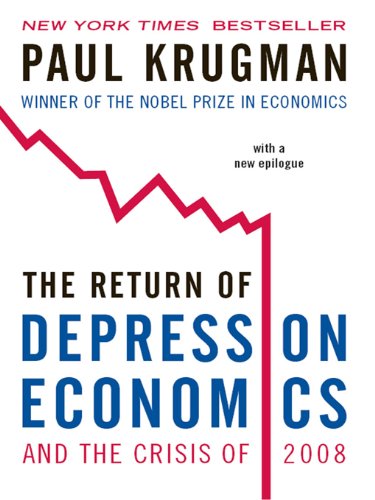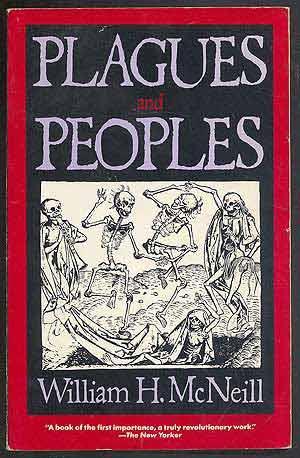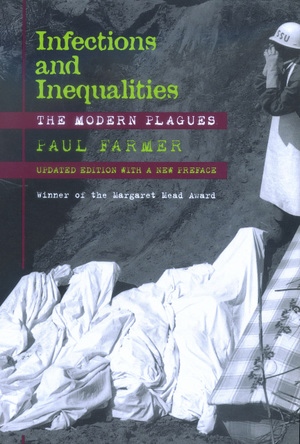Alt-America: The Rise of the Radical Right in the Age of Trump, David Neiwert, Verso Books, 2018, pp. 456, $39.99, ISBN 9781786634238
On the evening of September 11, 1941, Charles Lindbergh took to the stage in Des Moines, Iowa. The Time magazine man of the year was on a speaking circuit for the America First Committee (AFC) which ostensibly advocated for non-intervention in the war. Lindbergh denounced the British, the Roosevelt administration, and notably the Jews, for their attempts to draw America into the war. Special vitriol was naturally reserved for the latter group, on which the stereotypical anti-Semitic diatribes rained from the mouth of the pilot. What followed was an outcry by all the major newspapers, congressmen and other notables who were fast to dissociate themselves from the AFC and their message. The group folded 2 months after.
On January 20, 2017, Richard Spencer, the self-proclaimed leader of ‘alt-right’ was punched by an Antifa protester as he was explaining the symbolism of little green frog on his lapel to the Australian Broadcasting Corporation. Just moments earlier, Spencer turned to a woman who called him a neo-Nazi to explain how, as a matter of fact, neo-Nazis hate him. Two months prior to the fateful event, the same Richard Spencer gathered his followers at the Ronald Reagan Building in Washington D.C. and delivered a speech in which he called for ‘peaceful ethnic cleansing’ of the United States. Frothing at the mouth with anti-Semitism and racism, Spencer explained that the US is a white country, designed for white people and their posterity; an ethnostate that centers on the white European heritage. Just before he finished his speech, Spencer gripped the lectern, leaned forward into the microphone and slowly lifted his head to face the audience. Then, he yelled: “Hail Trump! Hail our people! Hail victory!”, while banging his fists against the lectern. The crowd was ecstatic.
The rest should have been terrified as the group’s message was only amplified on the airwaves and on the internet. The very inner circle of the President hails from these groupings, with his former chief strategists Steve Bannon being a former editor of Breitbart News – the mouthpiece of alt-right.
As in the early ‘40s, the threat of fascism in the United States is real. David Neiwert’s book charts the ascendancy of the far-right populist movement from relative obscurity and fringes in the early ‘90s to its presence in the White House. The Presidency, for Neiwert, is the logical conclusion of a movement that penetrated the American mainstream which has simultaneously led to it being legitimized through its ostensible widespread acceptance. That is why Spencer and his ilk are still able to pollute our senses.
For Neiwert, this movement is “an alternative universe that has a powerful resemblance to our own” – something its adherents have concocted in their imaginations. It is a parallel reality that gains its tangibility through subjective creations of facts and conspiracy theories that support particular worldviews. The universe they inhabit rallies against the ‘New World Order’ (NWO), the incipient creation of world government that wants to infringe upon their rights through the Federal Reserve, gun-control legislation, and environmental protection. Its adherents fear non-white people and form militant organizations fighting for racism, xenophobia, and anti-immigration. They claim to defend the Constitution against the government that seeks to erode it. They are the sort of people who believe that the government is capable of manipulating the weather through radio transmitters and chemtrails. They believe that the Federal Emergency Management Agency, tasked with coordinating the response to disasters, is, in fact, organizing ‘concentration camps’ for opponents of the NWO and monitors them with their black helicopters. They believe in ‘false-flag’ operations by the government; think 9/11 truthers. And they are organizing around these principles. For Neiwert, this alternative universe that the believers create is what forms the basis of Alternative America.
These groups arose out of more traditional racist groupings such as the Ku Klux Klan, but also as a consequence of the stand-offs between the Federal Government and militia/cult-like organizations in the early ‘90s. Parallel to this, the nation’s radio landscapes were transforming and the rise of men such as Rush Limbaugh gave voice to these anti-government sentiments and eschewed the beliefs of Alternative America. Therefore, when the confrontations took place such as the one that occurred in Waco, Texas in February 1993 at the compound of the Branch Davidian cult of David Koresh which resulted in 4 officers and 6 cult members dead, before the rest immolated themselves, they were amplified across the nation. The now infamous Alex Jones told a reporter that he began his activities following the Waco standoff. As the message was amplified, more and more people took up the premise. Soon, sheriffs believing the Constitution gave them the powers to be the highest enforcers of the law of the land sprung up, militias organized around the alleged protection of the 2nd Amendment, and rather more importantly, academics began to appear.
The movement that bases itself on exclusively white identity politics and seeks to eliminate those who are deemed to oppose it or are excluded from it intensified with the election of the first African American President. Obama’s presence in the White House was maddening to them. Other than death threats from the fringes, the media pundits themselves used ‘dog whistles’ to fan the flames of hatred. Rush Limbaugh himself composed a ditty entitled ‘Obama the Magic Negro’. Nooses began appearing throughout the country and minority homes were vandalized. African Americans and Latinos were beaten up. Crosses were burned again.
The alliance between Alternative America and the mainstream was thus born with the electoral victory of Obama. Neiwert sees this nexus as legitimizing the politics of the fringes by bringing in the mainstream conservative viewers and listeners of punditry into the same space of knowledge production. There, figures such as Glenn Beck, Lou Dobbs, Rush Limbaugh, and Bill O’Reilly dwell. They were joined by Richard Spencer in early 2010 when he founded his magazine “The Alternative Right”, thereby also coining the term for posterity. A suit-and-tie Nazi, Spencer left his doctoral studies at Duke to “pursue the life of thought crime”. While the alt-right sprang out of mainstream conservatism, it sought to define itself as against it in order to appeal to a younger generation of alienated white males who with the advent of the internet and the proliferation of blogs, journals, magazines found it easy to soak up the hate they spewed. Soon the Alternative America/Alternative Right nexus adapted to the zeitgeist of our time and the product was to be found in Pepe the Frog, and trolls who openly espouse violence, racism, white supremacy, and anti-Semitism. As Neiwert notes, the leaderless movement was largely confined to the online space, that is, until Donald Trump came along.
With his denunciation of Mexican immigrants as rapists, suggesting that African Americans are responsible for the majority of crime in the US, refusing to disavow the KKK, attacking the judges based on their heritage, among many other despicable things, Trump became the darling and the leader of the Alt-Right sphere. To Alex Jones, he is a “sleeper Patriot cell” – a reference to militia organizations engaged in stand-offs with the federal government. While to Spencer, he is a “troll”, a person who the psychologist Erin E. Buckels found to exhibit the “dark tetrad” of psychological traits: Machiavellianism, narcissism, psychopathy, and sadism. Frighteningly, Richard Spencer meant this in a positive way.
Neiwert’s book meticulously details the beliefs that structure the far-right, fascist, and Nazi worldview in America. While it is important to understand them, ascribing them to the realm separate from the one inhabited by non-nazi/fascist/alt-right people, Neiwert fails to analyze the social and economic context out of which and in which these movements and beliefs arise. In other words, material reality is the basis for both worldviews. One merely needs to look at Trump’s electoral success to realize that a prolonged decline in wages, increases in inequality and joblessness lead the population to fear for the future. Why else did the Rustbelt vote Trump? In this situation, they are more likely to adopt worldviews and support politicians who seek to address and assuage these fears. Trump lost in urban America, while he prevailed narrowly in the suburban areas. In 2332 counties that compose rural America, Trump won 60% of the vote. Rural-urban divide and the accompanying consequences (declining health and rising death rates) led rural voters to Trump.
Nonetheless, the book is a stark warning. We must fight fascism. The question is though, which method shall we follow. Neiwert suggests that liberals, moderates, progressives, and conservatives link arms and fight against the fascist hordes at the ballot box and in the public discourse. His is a call for multiculturalism, for understanding the story of the disenfranchised who have until now supported Donald Trump. Or shall it be the method used against Richard Spencer?




